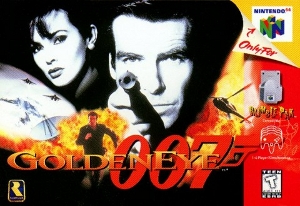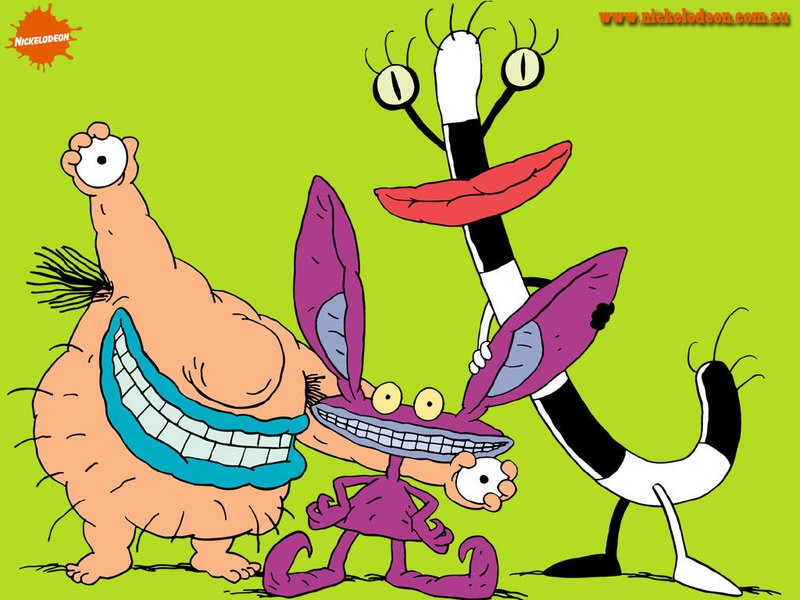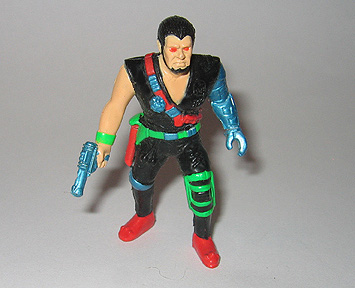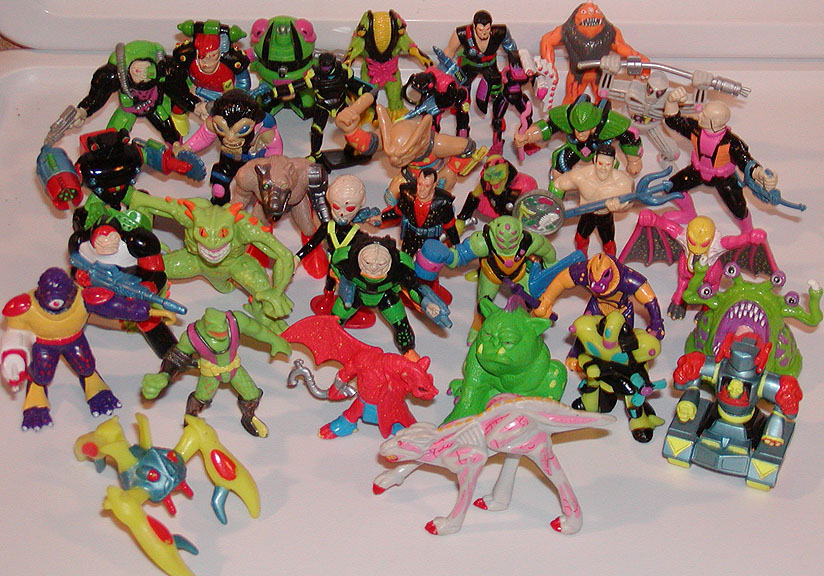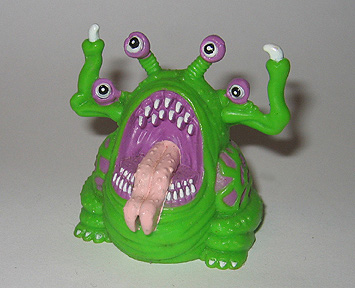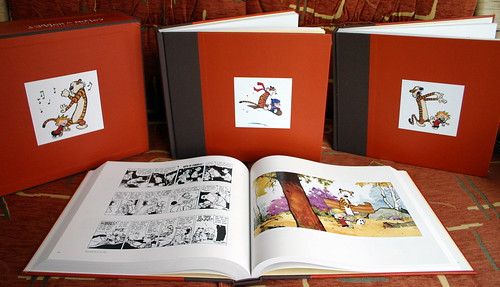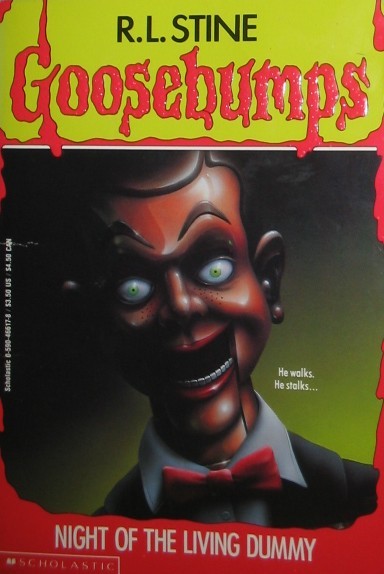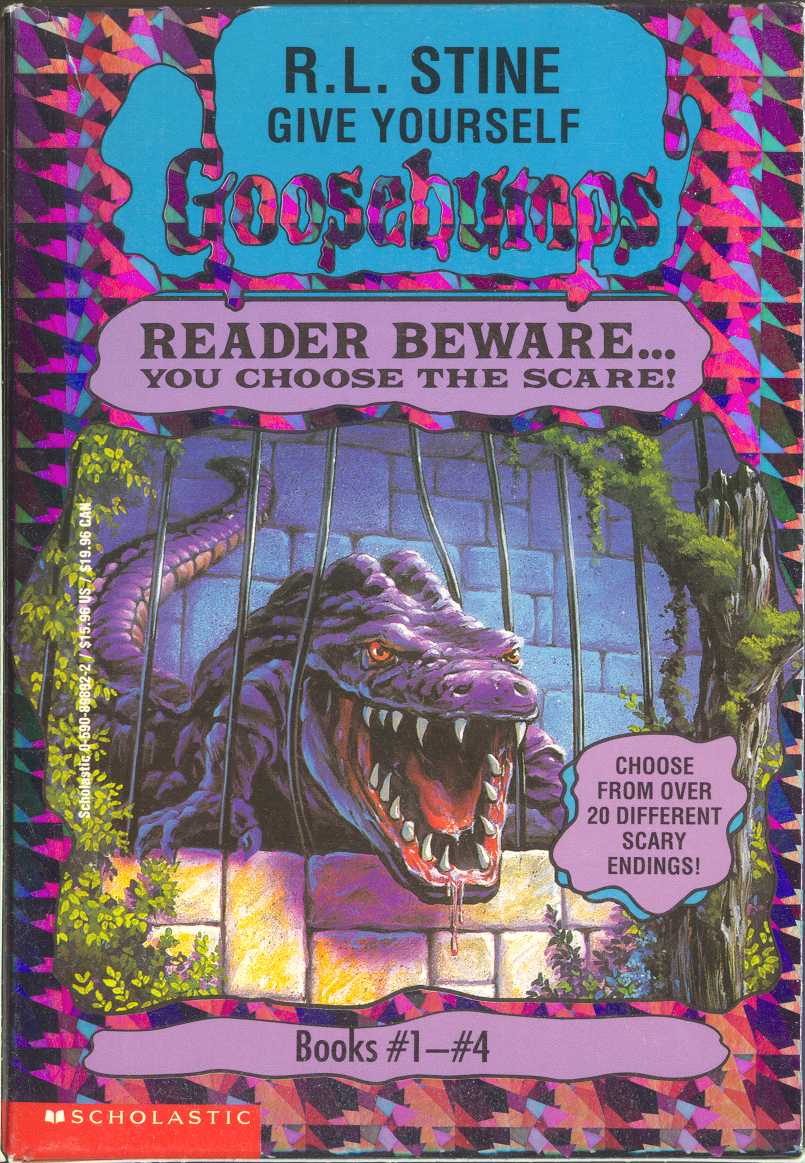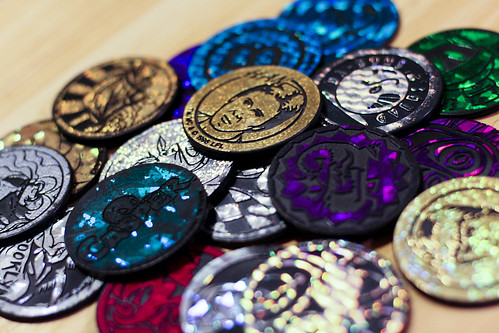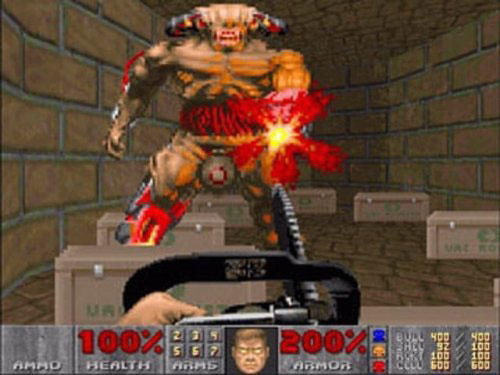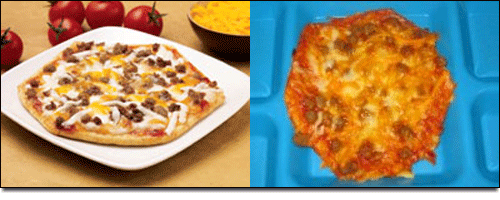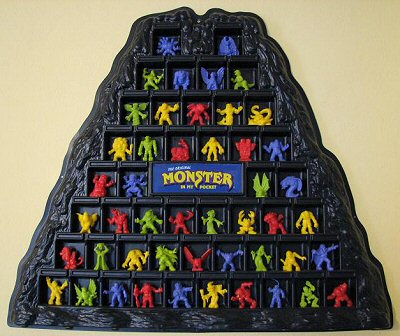 |
| A helpful diagram |
But this post is not about my happy memories of dying a thousand deaths as Mario (which I never finished, though I got to the final world), but about the N64 and specifically Goldeneye 007. I got this game and Gex: Enter The Gecko with my Nintendo 64. Strangely enough, I never played Mario 64. And the system operated on cartridges rather than discs, with slightly curvier and smoother looking cartridges. The cartridge blowing still worked, and so it continued.
Goldeneye 007 was based on the James Bond movie. It was a first-person shooter where you had to blast your way through around 24 levels, accomplishing objectives along the way. It had four levels of difficulty that added extra objectives. Often you had to do spy things like escaping detection. I actually finished this game and unlocked everything, which I was proud of at the time.
But where the game really shone was in multiplayer mode. Unlike today's mostly online multiplayer play, this game used a split screen for up to four players in a room. This led to hours and hours of entertainment in four-way deathmatches with customizable weapons settings and every location in the game available as the battleground, plus a few secret levels, as well as all the characters and enemy guards and stuff. The matches could be set up with all sorts of rules - one of my favorites was "the man with the golden gun," where there would be one golden gun available in the level that could fire a single, lethal shot Players would team up against that player to get the golden gun, but once they did, they would turn on each other. Throwing knives and mines were also a blast.
 |
| Why golden bullets kill people more than regular bullets, I don't know. |
Playing split screen multiplayer games was much more fun than online gaming because it's like a party (rather than a bunch of anonymous strangers yelling racial slurs at each other). You'd bring snacks and drinks. It was competitive, but friendly, and that's what made it fun.
The game was pretty limited in graphics, but we didn't mind. The graphics were good for their time, but they are hilariously bad in retrospect. One of the funniest things was the way characters carried their guns and knives in multiplayer mode. Way out at arm's length, like their arms were just steel rods jutting out from them. When they aimed up or down, the would swivel their torso in a very silly way.
 | ||
| Careful, Bond. They're pointy! |
The N64 also happened to have the best controller of any console I've ever played. It was ergonomic perfection, it fit in your hands perfectly without ever causing any strain, no matter how long you played. I'm surprised other companies didn't just copy that design. Compare it to the Gambecube controller, which is really weird.
 |
| N64 controller is top right, Gamecube controller is right below it. |
Anyway, that's it for this week. I'll have to dig the N64 out of the closet and see if I can still get it to work.
